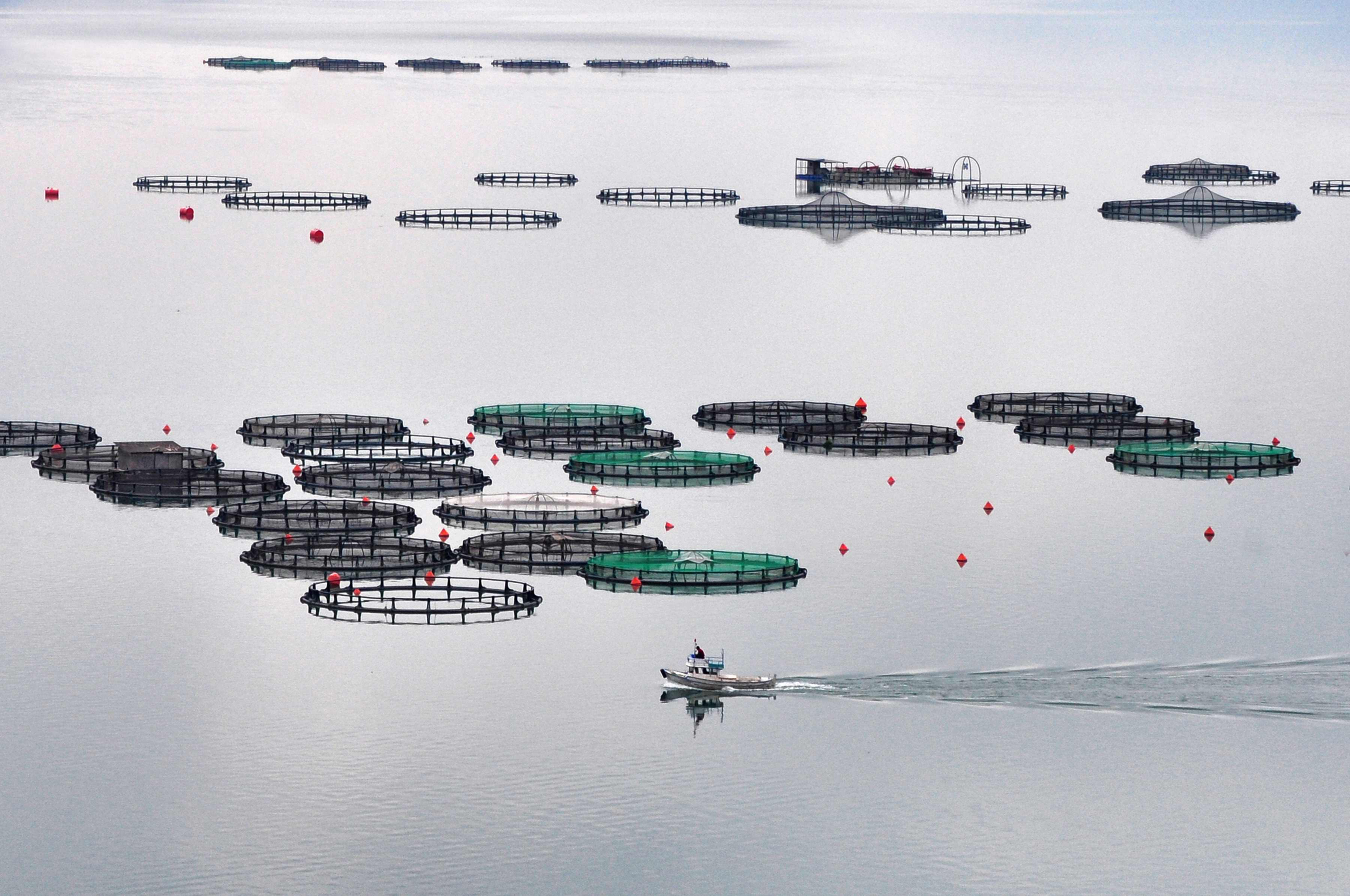What is the mission of the EIB?
The EIB is the EU’s financing arm. It fosters sustainable growth within the EU but also globally. We are firmly committed to sustainable development and that is anchored in our statutes and our policies, such as the Climate Bank Roadmap and the Environmental and social sustainability framework, and also in the way we have adopted sustainable finance as our operating model for all our activities.
The big global policy frameworks we aim to operationalise, within our remit as a public bank, include the Sustainable Development Goals, the Paris Agreement on climate change, and what will hopefully be the post-2020 biodiversity framework.
And what do you personally work on at the EIB?
I head up the environmental policy unit, within the Environment, Climate and Social Office, and lead the biodiversity agenda for the Bank. In practice, this means making sure that we have the appropriate standards and requirements in place to do our work in a way that takes into consideration environmental risks and mainstreams environmental considerations in our other policies.
All our projects are assessed from social, climate and environmental perspectives and, for my part, it is about making sure that our operations are nature positive. This means scaling up financing to support biodiversity, addressing the drivers of biodiversity loss, and of course starting to address biodiversity risks from a financial perspective.
How can the EIB help Europe in its transition towards sustainability?
The EIB’s response to the European Green Deal was the Climate Bank Roadmap, which outlines our ambitious goals for climate action and environmental sustainability. In that roadmap, the EIB Group, which includes the European Investment Fund, committed to support EUR1 trillion of investment in climate action and environmental sustainability from 2021 to 2030.
But even before the European Green Deal, in 2019, the EIB made a very significant commitment to increase the share of its financing that is dedicated to climate action and environmental sustainability to at least 50% and more by 2025. All new EIB Group operations have been aligned with the goals and principles of the Paris Agreement since the start of 2021.
On the environmental sustainability side, the role of the EIB has much to do with supporting clients in addressing some of the market failures, distorted incentives and investment gaps. This can include using measurement frameworks that capture the positive and negative impacts of their projects on nature.
What are currently the biggest challenges in investing for sustainability?
I think those are the issues related to regulation and market size and structure that often affect the financial viability of investments. Different standards between countries also make it more difficult to invest in sustainability.
Another common challenge in the public sector is the lack of resources to design or implement investments. In some cases, this results in weak planning, especially for complex investments. Another investment barrier we have identified is that it is often difficult to have bankable projects in the environmental sector, for example in the circular economy or in natural capital.
One way we can help to overcome these challenges is by entering into a project model in which you have many investors sharing the risk. The public sector can also come in with grant financing, further reducing the risk of those investments.
Where do you see the greatest opportunities in investing for sustainability?
As a biodiversity expert I am really excited that the biodiversity agenda has been elevated to the same level as the climate agenda. There is now a recognition that, if we do not address environmental degradation as a whole, we will not meet our sustainability targets.
I think this recognition will trigger a rethink and realignment of our financing. I think that pure natural capital-type projects will remain niche but, with growing pledges and commitments, including from the private sector and central banks, we are going to see a lot more investment in addressing both the loss of biodiversity and the drivers that cause it. This can accelerate the transition, for example in the industrial sector and manufacturing sector, towards taking nature into account.
At the same time, I think there is also recognition from the biodiversity community that we cannot do it alone but must seize the many opportunities in and synergies with the climate agenda. Making sure that those links are made can result in more nature-positive climate finance.

Another aspect is that biodiversity financing is very much linked with the resilience of communities, with their livelihoods. I think if we also address some of the social issues inside and outside the EU, and also the inequalities, we will have a more positive impact on biodiversity.
© Anna Sander, Well with Nature /EEA
How do you measure progress?
You cannot have impact if you do not measure it properly, and measuring it will also tell us if we are on the right trajectory and if we need to make changes in the type of operations that we are financing.
We need at least two sets of indicators: some that countries report on and others at project level. We need to measure outputs, outcomes and impact. For outputs, it can be, for example, the amount of land that is restored to a certain level.
For the impact, we work with partners, including the EEA, towards developing more harmonised indicators on pollution, biodiversity and in other environmental fields, so that we can use the same definitions and data. This consolidation is needed rather urgently, because the private sector and the financial sector are becoming a lot more proactive with new initiatives.
What does the EIB do to improve the sustainability of its own operations?
Obviously, we can have the biggest impact by ensuring the sustainability of the financing we provide. But the Bank is also certified under EMAS (the EU Eco-Management and Audit Scheme), and we have a strategy to improve the sustainability of how we work.
Within the Bank, there has been a big push to reduce our carbon footprint where travel is the main component. As in many other places, our carbon footprint decreased during the COVID-19 pandemic, and we now try to maintain some of the good practices we learned during that period, for example online meetings.
Still, in many cases it is necessary to visit, for example project sites, especially outside the EU, to carry out our supervision properly and engage with affected communities. We have experimented with using satellite images and virtual tours, but it is still hard to do supervision completely remotely.
In our office we have had to look at, for example, the use of energy, paper and water. Here I think raising awareness among staff is critical. More and more colleagues are also cycling to work or using public transport, which is free in Luxembourg.
What can European citizens do to support the EIB’s objectives?
Citizens should always hold us accountable to our objectives, policies and work, for example through the European Parliament or civil society organisations with which the bank has constructive dialogue on many topics.
What is maybe even more important is citizens engaging at local and national levels, because the Bank’s financing is driven by demand for new projects and initiatives. Increasing that demand requires engaging with national governments to make sure that they create an enabling environment to allow the EIB to support the private and public sectors in implementing the European Green Deal.
Overall, I think citizens should be more vocal and engaged. We are pinning our hopes on the younger generations, so it is important that they are active and engaged and also that they vote.

Eva Mayerhofer
Lead Environment and Biodiversity Specialist of the European Investment Bank


Document Actions
Share with others